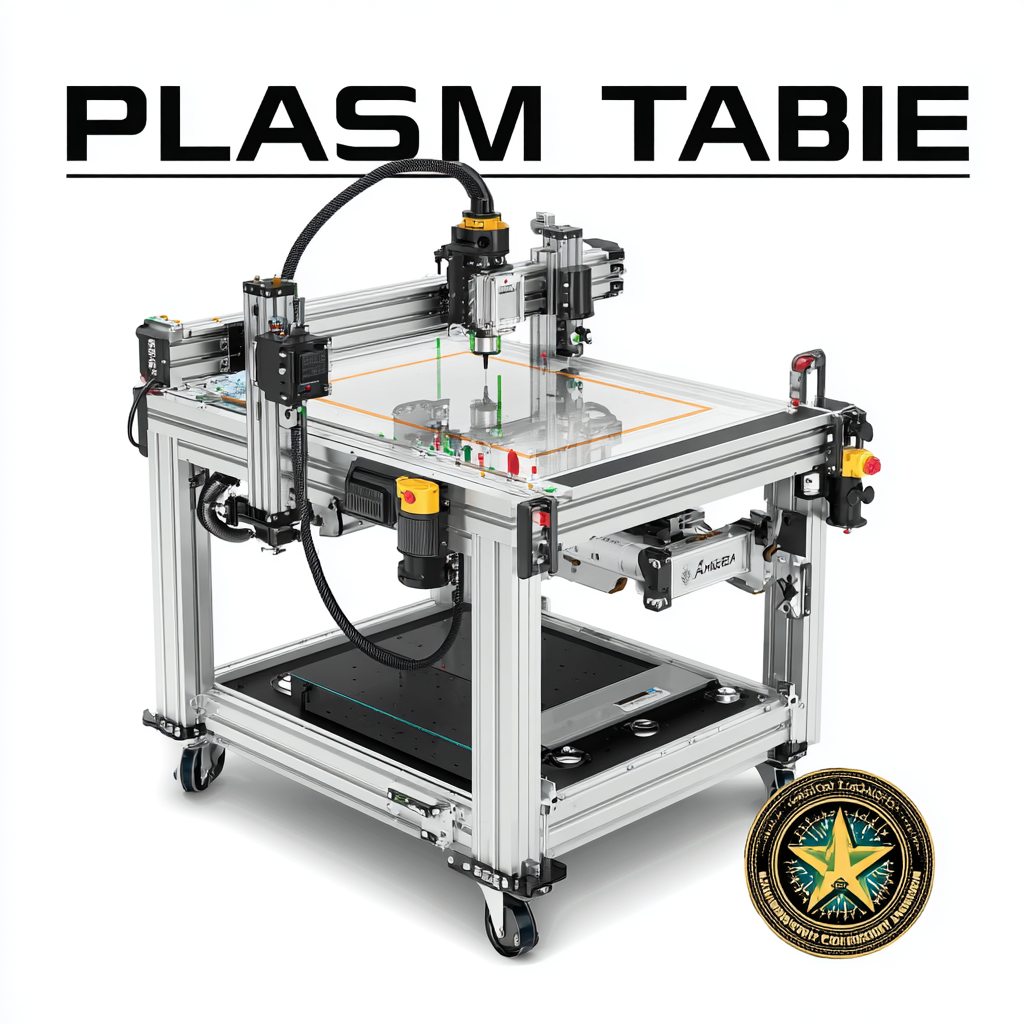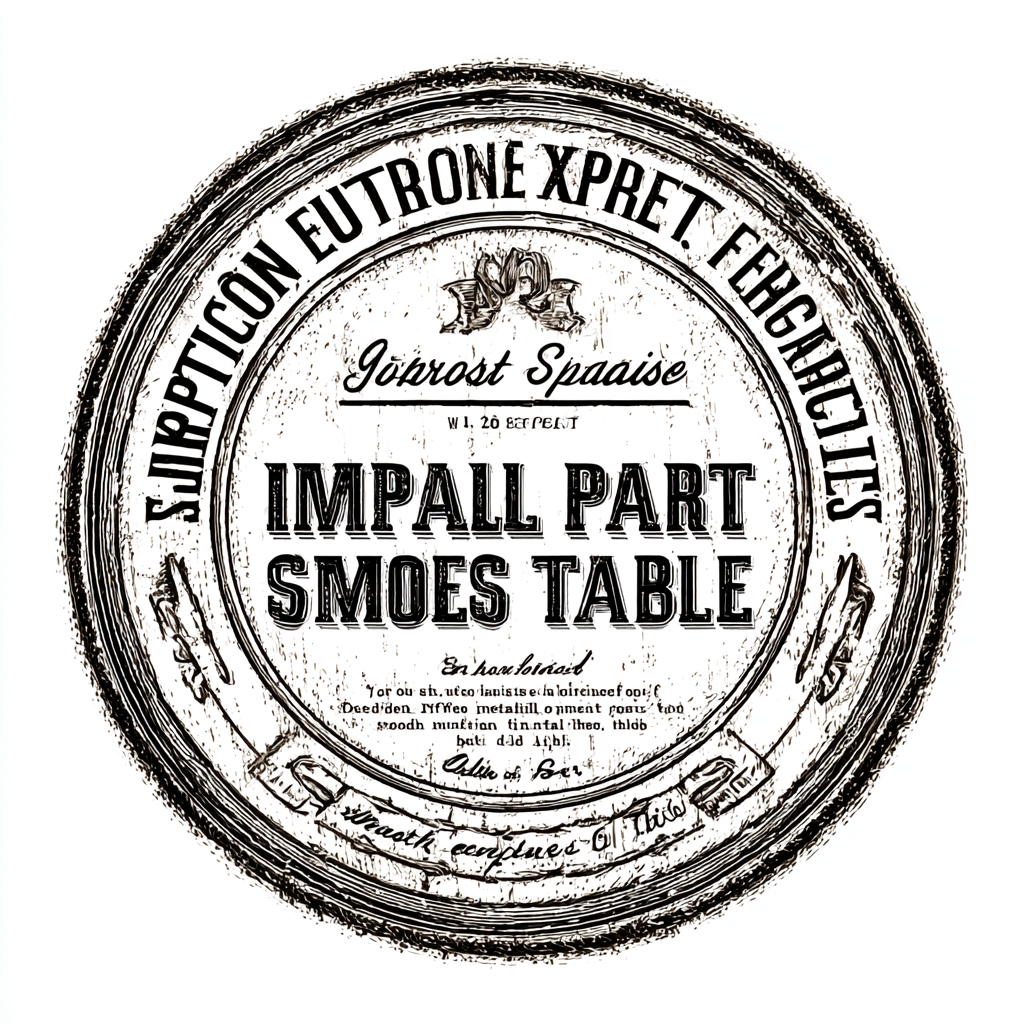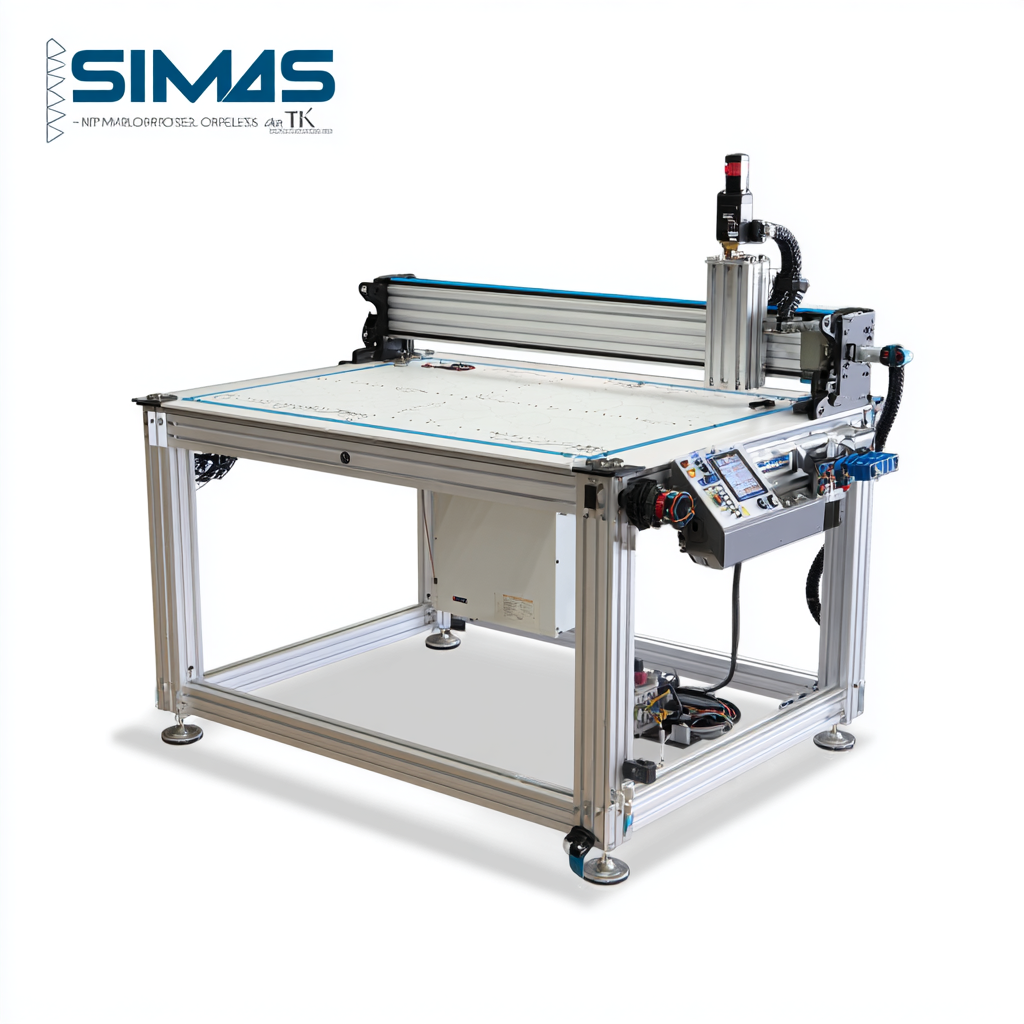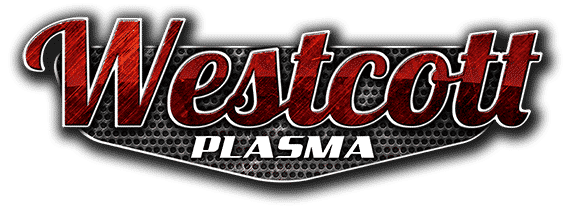How to Navigate Import and Export Certifications for Best Small Plasma Tables
The global plasma cutting market has seen significant growth, driven by advancements in technology and the increasing demand for precision cutting in various industries. According to a report by MarketsandMarkets, the plasma cutting equipment market is projected to reach $4.3 billion by 2025, with small plasma tables gaining popularity among small to medium-sized enterprises due to their affordability and efficiency.

However, navigating the complexities of import and export certifications for these small plasma tables can be challenging, leading to potential issues such as compliance delays and increased costs.
Understanding the specific certification requirements and regional regulations is crucial for manufacturers and sellers to succeed in the competitive market.
This blog will explore the common certification problems faced by businesses dealing with small plasma tables and provide strategies to overcome them, ensuring smooth international trade and enhanced operational efficiency.
Understanding Import and Export Certifications for Plasma Tables
Navigating import and export certifications for plasma tables is essential for businesses aiming to operate internationally. Understanding the various certifications required is crucial for ensuring compliance with regulatory standards. For instance, wholesale dealers in the UK can import qualified plasma products from the European Economic Area, provided that certain checks and certifications are met. This highlights the importance of having recognized certifications to facilitate smooth cross-border transactions.
Additionally, recent developments in the biotech industry emphasize the significance of certified plasma products. With approvals gaining momentum globally, such as the certification of Iranian blood plasma by German experts, it becomes evident that navigating the certification landscape is vital for market entry. Businesses must stay informed about the latest regulations and certification standards from various countries to ensure their plasma tables meet all necessary requirements for import and export, thereby maintaining a competitive edge in the industry.
Import vs. Export Certifications for Plasma Tables (2023)
This chart illustrates the number of import and export certifications acquired by small plasma table manufacturers over the past year. Understanding these certifications is crucial for ensuring compliance with international trade regulations.
Essential Certifications Required for Small Plasma Table Importation
When navigating the importation of small plasma tables, understanding the essential certifications required can significantly enhance compliance and facilitate smoother transactions. According to the International Trade Administration, obtaining the right certifications can not only ensure adherence to safety and quality standards but also expand market access. For instance, certifications like CE marking in Europe signify compliance with health, safety, and environmental protection standards, which is crucial for manufacturers looking to penetrate this competitive market.
In addition to CE marking, compliance with ISO (International Organization for Standardization) standards is equally important. A report from the World Economic Forum highlights that organizations with ISO certification tend to experience a 20% increase in export opportunities. Furthermore, obtaining local regulatory approvals, such as UL listing for electrical safety in the United States, can elevate a manufacturer's credibility and attract more customers. Understanding and integrating these certifications into the importation process not only mitigates risks but also positions small plasma table manufacturers favorably in the global marketplace.

Common Challenges in Importing and Exporting Plasma Cutting Equipment
Importing and exporting plasma cutting equipment involves navigating a landscape of regulations and certifications that can pose significant challenges. According to a report by Global Trade Magazine, approximately 30% of businesses encounter significant delays due to compliance issues with international standards. Plasma tables, known for their precision and efficiency, require adherence to various certifications such as CE marking in Europe and FCC standards in the United States. These requirements can vary greatly depending on the destination country, causing confusion and potential costly setbacks for importers and exporters alike.
Additionally, logistical hurdles can complicate the trade of this specialized equipment. A study by the International Trade Administration found that transportation issues, including tariffs and customs clearance delays, can increase lead times by an average of 14 days. For small businesses operating in a competitive market, these delays can have adverse effects on profitability and customer satisfaction. Understanding and proactively addressing these challenges, as highlighted in industry compliance reports, is crucial for successful navigation of the import-export landscape in plasma cutting equipment.
Top Alternatives to Traditional Plasma Tables with Certification Needs
When considering alternatives to traditional plasma tables, small plasma tables with proper certifications stand out due to their versatility and efficiency. According to a recent industry report by ResearchAndMarkets.com, the global plasma cutting machine market is expected to reach a value of $4.89 billion by 2026, driven by increasing demand for precision in metal fabrication. This trend highlights a growing need for more compact and portable options that do not compromise on quality or safety.
Among the top alternatives, desktop plasma cutters have gained attention for their affordability and space-saving design. These machines often meet necessary certifications, such as CE and ISO, ensuring they meet international safety and performance standards. Additionally, companies like Lincoln Electric and Hypertherm have developed machines specifically designed for small workshops, emphasizing the importance of stringent certification processes to enhance user protection. With evolving technology and decreasing costs, certified small plasma tables are becoming more accessible, allowing businesses of all sizes to leverage high-quality cutting solutions without the need for large, traditional setups.

Tips for Ensuring Compliance with International Standards for Plasma Tables
Navigating the complexities of import and export certifications is crucial for manufacturers of small plasma tables, especially when seeking to meet international standards. Compliance not only ensures that products can enter various markets but also enhances brand reputation and consumer trust. According to a recent report by the International Organization for Standardization (ISO), over 70% of businesses noted improved performance when adhering to standardized practices, highlighting the importance of compliance in gaining competitive advantages.
To begin with, understanding the various certifications required for plasma tables is essential. For instance, certifications such as CE marking in Europe or EPA regulations in the United States set high standards for safety and environmental impact. It's important to meticulously review these requirements and consult with compliance specialists or regulatory bodies, as failing to meet standards can lead to costly fines and product recalls.
Tip 1: Maintain thorough documentation of materials and processes used in production. This has been reported to reduce compliance-related delays by up to 40%.
Tip 2: Regularly conduct internal audits to ensure ongoing adherence to established standards. Industry surveys indicate that businesses implementing such practices are 45% more likely to successfully expand into new markets.

